I see a dual nature in Pavesi: the painter and the sculptor. The painter seems unable to express himself in relation to the human figure, so he is an abstract painter with a great and lively sense of colour. The sculptor, in the greater difficulty that sculpture brings, cannot, on the other hand, move away from natural forms, prevalently human but also animal forms. It is an interesting case to resolve: a creative schizophrenia in which, in sculpture, the form seems to necessarily go by way of the body. It is a choice that makes you think because, in the end, this is not an immediate realism, it is a realism that aims for a seemingly abstract synthesis. Some of these sculptures may also be abstract but they are based on origins that evoke the body – a spinal column, a head, a thigh, while his animals reveal that he has looked at an artist who had a similar problem, the widening gap between reality and abstraction. This artist was Marino Marini, perhaps the greatestsculptor of the second half of the twentieth century.
It was probably his attraction to this great sculptor that determined Pavesi’s sculptural sensibilities. On one hand we have this reference and the attempt to continue to build, with variations and new interpretations, on the great lesson in energy, vitality, and strength that Marino Marini’s sculpture expresses; on the other hand we find a more contemplative and lyrical dimension, one of pure exaltation in colour. It seems to me that Pavesi himself is best placed to explain this juxtaposition of sculpture and painting, and the impression of two different minds, of two different men. I acknowledge this from a critical point of view, and I see two alternatives – the choice of sculpture as a primary vocation and in the end how it reflects on painting. This was a topical theme even in the 16th century: discussion, comparison, and the primacy of sculpture over painting.
Vittorio Sgarbi, 2010
Transcription from the video of the opening of the exhibition at Palazzo Detraz in Salsomaggiore Terme (October 24, 2010)

